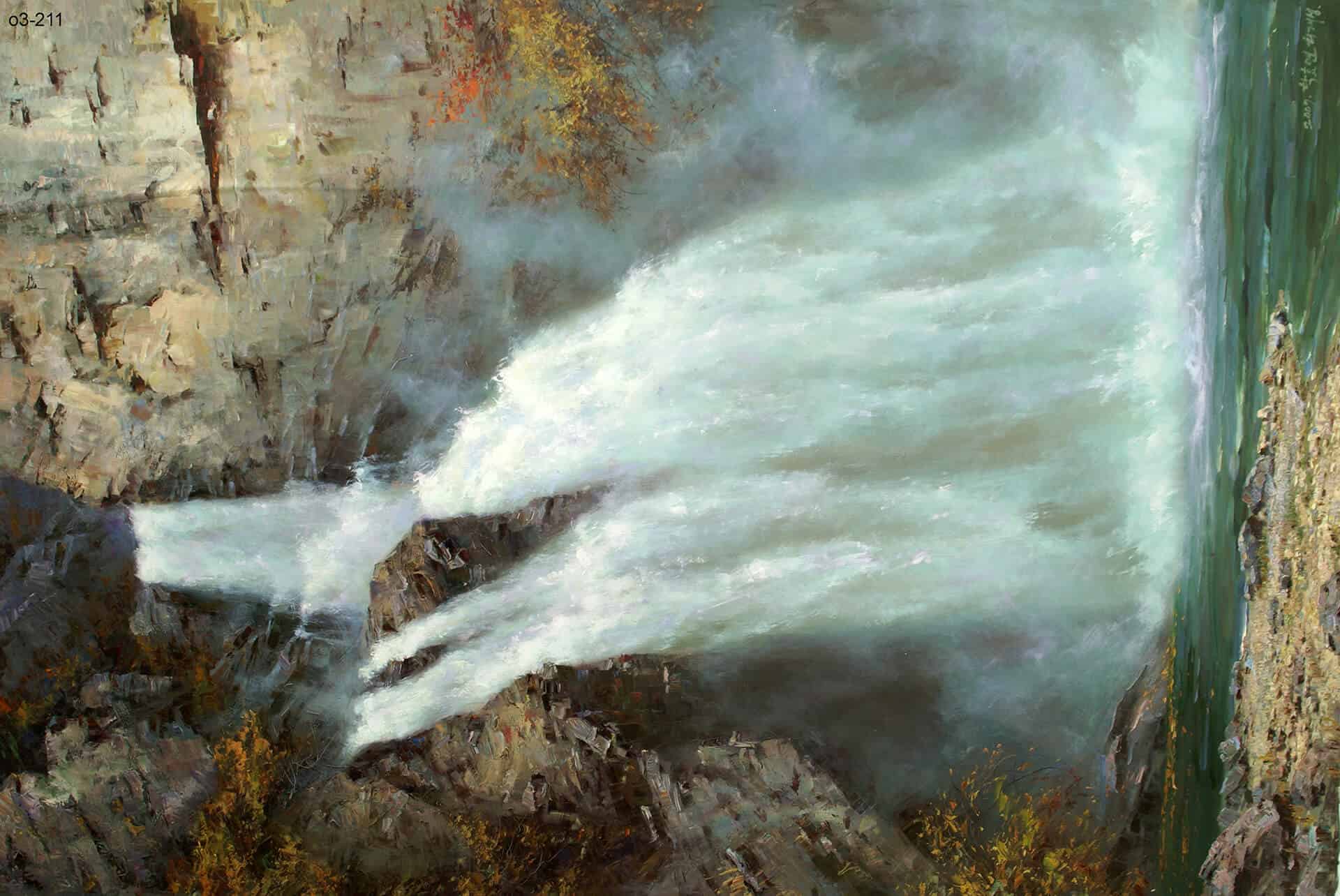The importance of traditional materials
Korean ink painting is known for its beautiful and intricate brushwork, which is a testament to the importance of brush techniques in this art form. From the use of traditional materials like ink and handmade paper or silk, to the careful selection of brushes and the techniques used to create the final masterpiece, every aspect of Korean painting is influenced by the artist’s mastery of brushwork.
In Korean painting, brushwork is not just a technique, but an essential element of artistic expression. It allows the artist to convey emotions and create a sense of movement and depth on the paper. From calligraphy to landscape art, the use of brush techniques is an integral part of the creative process.
Different brushes for different purposes
One of the key aspects of brushwork is the selection of the brush. Different brushes are used for different purposes, and artists often have a range of brushes at their disposal. Some brushes are used for fine details, while others are used for broader strokes or creating textures. The size and shape of the brush can also affect the final outcome of the painting, so selecting the right brush is essential for achieving the desired effect.
The application of pressure and speed
Another important aspect of Korean brushwork is the use of pressure and speed. By varying the pressure applied to the brush, artists can create thin or thick lines and produce a range of textures. The speed of the brush strokes also influences the final outcome of the painting, with slower strokes creating smoother lines and faster strokes creating a more dynamic and energetic effect.
In addition to pressure and speed, Korean painters also use a range of techniques to create different effects. For example, the “wet-on-wet” technique involves applying ink or paint to wet paper to create a soft and diffused effect. On the other hand, the “dry-brush” technique involves using a dry brush to create a rough and textured surface.
Bringing a vision to life
Ultimately, the importance of brush stroke techniques in Korean ink brush painting lies in the fact that they allow artists to create beautiful and expressive works of art. By mastering the use of different brushes, pressures, speeds, and techniques, artists can bring their vision to life on the canvas and convey their emotions and ideas to the viewer. Whether it’s a calligraphy piece or a landscape painting, the use of brushwork is an essential element of Korean art that sets it apart from other art forms and makes it truly unique.
The Kaesong Collection
The Kaesong Collection unfolds a stylistic and genre panorama of North Korean contemporary painting and brings out two aspects in the development of Korean art. One is associated with long art traditions of Korea, the Far East countries and their art heritage. The other, more modernist trends in the arena of world art. You will find an impression of the art works here. https://www.kaesongcollection.com/collections/collection
